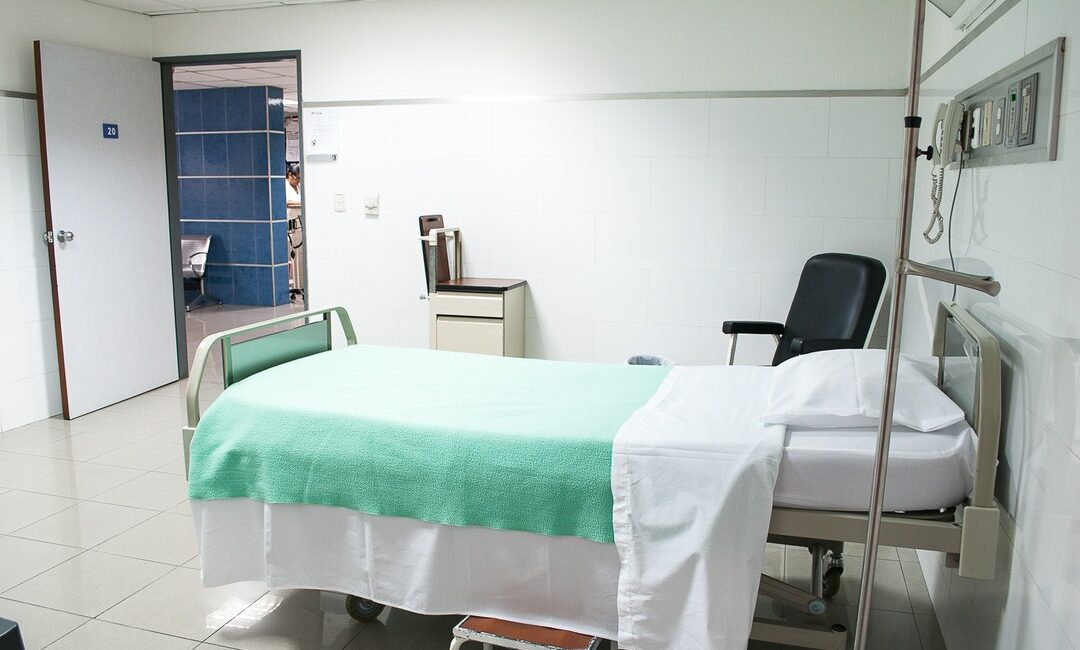Did you know that healthcare-acquired infections account for more than 1.7 million infections every year?
In today’s world, the need for a safe and effective isolation space has become increasingly essential.
Having a designated area in a hospital or healthcare facility that can limit exposure to other workers and patients is crucial.
Creating an isolation room doesn’t have to be a daunting task. Nor does it require extensive hospital remodeling.
With a few simple steps and some essential supplies, you can easily transform a room into a space for safety and security. To make things easier for you, we’ve written a guide. Keep reading to find out more.
Choose the Right Room
Select a room in your facility that is easily accessible. It should have ample space to accommodate the occupant and their belongings comfortably.
Ideally, the room should have a door and windows for proper ventilation.
Make sure that the room is not frequently used by healthcare professionals or patients. This will minimize contact and maintain infection prevention.
Prepare the Room
Remove any unnecessary items and furniture from the room. This will create a clutter-free environment.
Not only will this make it easier to clean and sanitize the space. It will also prevent the spread of germs. Clean the room thoroughly and disinfect all surfaces, including floors and walls.
Install Temporary Wall Partitions
To provide an added layer of protection and privacy, consider installing temporary construction walls or modular systems.
These temporary wall partitions can be easily set up, rearranged, or removed as needed. They also serve as a barrier between the isolated individual and the rest of the healthcare facility, further promoting infection prevention.
Set Up Infection Control Panels
Infection control panels are a vital component in creating an effective isolation space.
These panels can be mounted on the temporary wall partitions or directly on the existing walls. They provide an easy-to-clean, non-porous surface that helps to prevent the growth and spread of harmful pathogens.
Ensure Proper Ventilation
Good air circulation is essential for maintaining a healthy environment within the isolation room.
Open windows to allow fresh air in, or use an air purifier with a HEPA filter to remove contaminants from the air.
Make sure that the room’s HVAC system is working efficiently and, if possible, adjust it to create negative air pressure to further enhance infection prevention.
Furnish the Room With Essentials
Equip the isolation room with all necessary items, such as a comfortable bed, clean linens, and a bedside table. Provide a waste bin with a lid and a supply of disposable bags for disposing of contaminated materials.
It is also crucial to have a hand sanitizer dispenser, disinfecting wipes, and a stockpile of personal protective equipment (PPE) readily available.
Create an Isolation Room
It is easier to create an isolation room than you might think.
Start by choosing the right room in your hospital. You will then need to prepare the room and install temporary wall partitions. Lastly, make sure to install infection control panels.
Are you looking for the right materials for creating an isolation room in a healthcare facility? If so, we can help you. Don’t hesitate to contact us to get started today!

